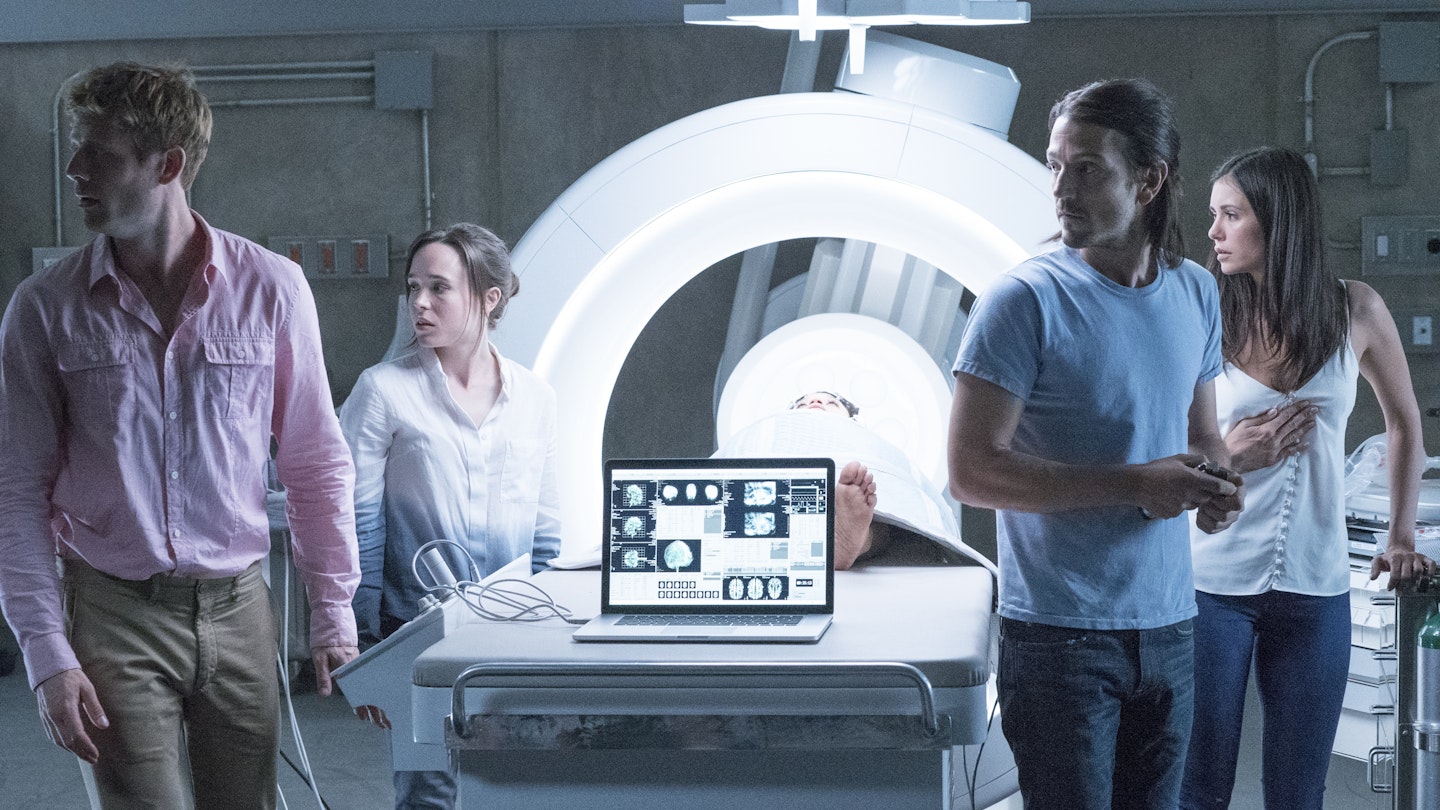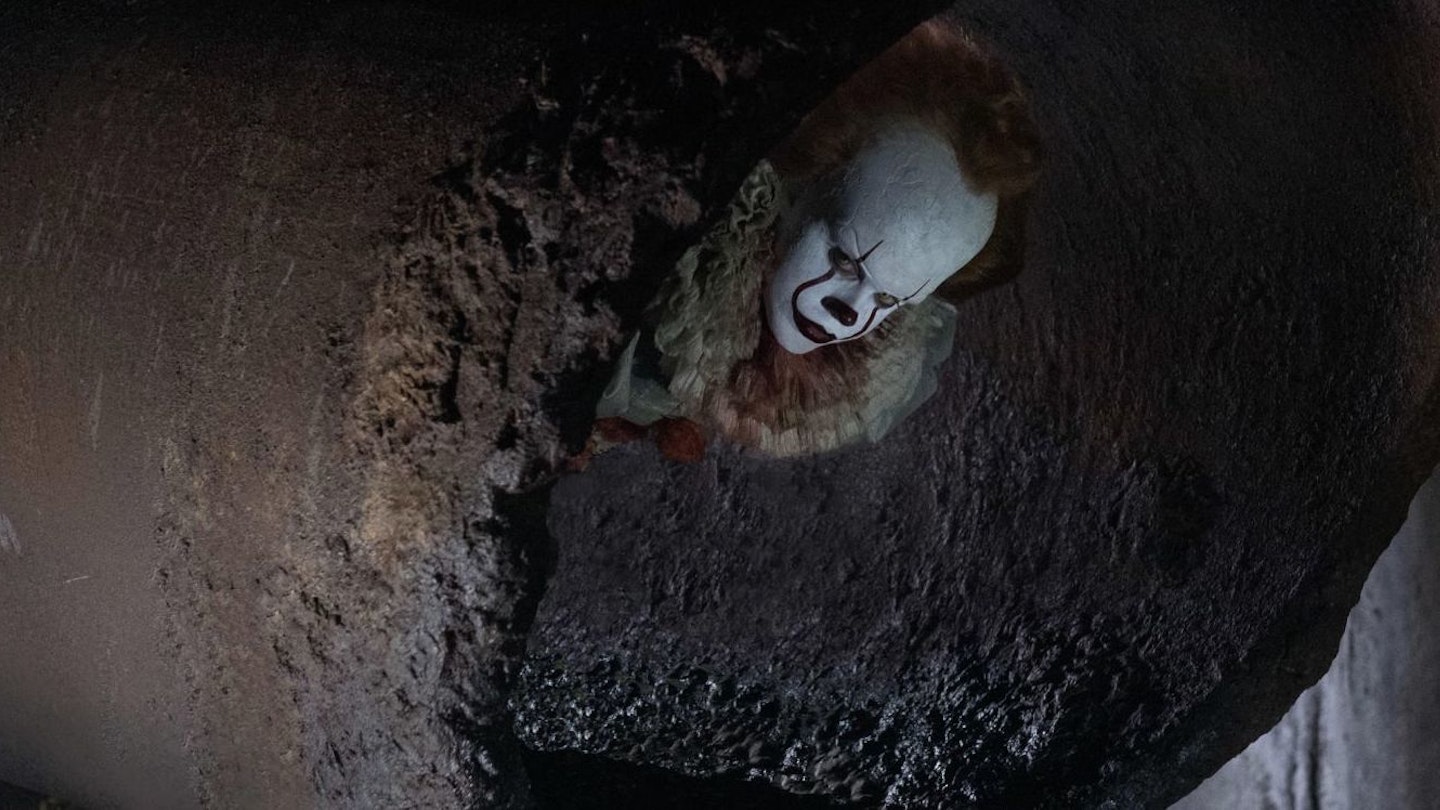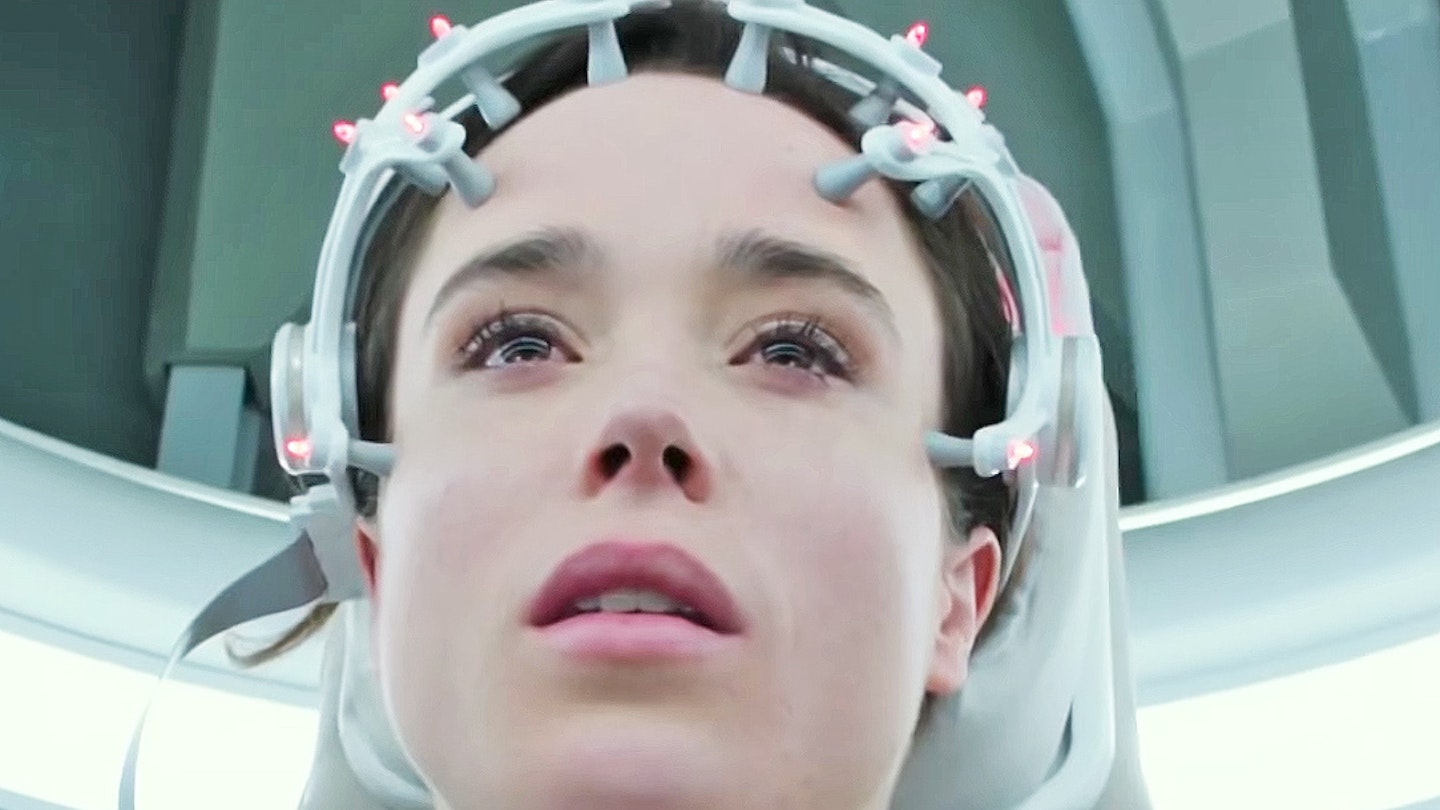Flatliners, Joel Schumacher’s trashy 1990 psycho-horror, was hardly a beloved classic, but its premise – a group of young doctors experiment with near-death experiences in the interests of medical science, only to be haunted by ghosts from their past – was solid, and worthy enough of a refresh. But this new film seems to be haunted by the ghosts of its own past. Supposedly a sequel, it has all the hallmarks of a remake, sharing a title, the occasional line of dialogue (most notably: “Today is a good day to die!”), pretty much the exact plot – and Kiefer Sutherland.
Initially, it works. Schumacher’s garish, scrappy direction is replaced with glossy, slick work from Niels Arden Oplev (best known for directing the Swedish Girl With A Dragon Tattoo adaptation), and the opening act generates real tension, as the students quite literally kill themselves before being revived. The cast — a troupe of hip young millennials replacing the original’s big-haired Brat Packers — are strong, and we can buy their characters as smart, driven, ruthlessly ambitious rich kids, desperate to be noticed in a hyper-competitive research hospital. Ellen Page, in particular, is on robust form as Dr Courtney Holmes, the nominal leader of the group — this incarnation’s new Kiefer.
If you have ever seen a horror movie, you will know exactly what to expect.
That early tension and perfunctory respect of real medical science inevitably yields to silliness. Flatlining, it seems, is like a drug; side effects may include vivid hallucinations, wild hedonism, an increased sex drive, the ability to play Clair De Lune on the piano, a desire to rip walls down for some reason — and some deeply ordinary horror tropes. When events do turn dark, as they inexorably must, the film takes a correspondingly sharp turn into the mediocre; if you have ever seen a horror movie, even just one, you will know exactly what to expect.
Like the original, it plays with quasi-religious themes of guilt, responsibility, repentance and forgiveness, but unlike its predecessor, it chooses to hammer them home with the delicacy of a violent CPR compression — never more so than when one deceased character appears in a messianic light through angelic clouds, sure to generate eye-rolls.

And then there’s Kiefer. As the renegade medical student-turned hospital-dean Nelson Wright (although here his lab coat bears the name Dr Barry Wolfson, which isn’t explained), Sutherland was sold as the connective tissue between the two films, and his character could have offered true mentorship or advice to students performing identical experimental procedures to his. But his cameo is largely pointless. There is zero reference to the events of the last film. Instead he is left to stomp around irascibly with a walking stick, like a less brilliant Dr House. He is the most visible ghost of all: the vision from the past, haunting the present, reminding us that this all happened before, and marginally better.





